Le Vieux Donjon 2016
Chateauneuf-du-Pape
Southern Rhone Valley, France
The estate Le Vieux Donjon was founded by Marcel Michel in 1962 with his first bottling in 1966. From the beginning, their focus has been towards modern, structured Chateauneuf-du-Pape with an interesting philosophy: they only produce one cuvee. This may seem trivial, but let's first explore the backstory of the Chateauneuf appellation.
Chateauneuf-du-Pape (CDP) has an extremely important history, both in terms of European history and French wine law. In the 14th century, Pope Clement V relocated the seat of the papacy to Avignon. The surrounding vineyards were thus dubbed "Chateauneuf-du-Pape," or "New Castle of the Pope." Through the following several centuries, the wines from this area gained in both quality (due to utilization of galets, smooth river stones that radiate heat at night to hasten ripening) and reputation. This hit a turning point at the onset of the 20th century when the area was widely plagued with fraudulent wines being released under the papal seal-embossed bottles. To remedy this, a group of vignerons established regulations pertaining to the viticulture and vinification of true Chateauneuf-du-Pape wines. These standards were the precursor to the modern Appellation d'Origin Controlee system. Chateauneuf-du-Pape was the first official AOC in 1936.
The philosophy of CDP sets the benchmark for Southern Rhone wines, an approach that focuses on blending grapes (up to 18) to create a superior wine. Traditionally, the wines were harvested and vinified as field blends, though today many estates split their varietals into different lots. The larger producers then tend to create different blends depending on the quality of their fruit, desired style, and lieu-dits (individual vineyards). Thus, enter Le Vieux Donjon. They focus solely on creating two wines: one white, one red.
Ownership of the operation has passed to Marcel's grandchildren Claire and Francois in 2008. Claire has an interesting winemaking experience with largely New World exposure, including time spent at Napa's cult Harlan Estate, which is apparent in their wines. Known for a robust, masculine style, LeVieux Donjon's wines have received global recognition for several decades.
Old-vine Grenache “goblet” vines on galets.
Courtesy of wine-searcher.com
A majority of the vines average over 50 years old with several blocks over 100. Why is this important? For vines that bear heavy harvests, such as Grenache, production seems to naturally diminish with age. For grapes like Cabernet Sauvignon or Merlot, once they reach 50 plus years, their production decreases significantly and regrafting is required. However, for Grenache, the vines still produce enough grapes for a small, yet concentrated yield of more mature, ripe fruit. This is similar for "old vine" Zinfandel in California.
The 2016 vintage marks Le Vieux Donjon's 50th anniversary, and it is clear the winery is in excellent hands. Typical of their assemblage (blend), the wine is 75% Grenache, 10% Syrah, 10% Mourvedre, and 5% Cinsault. The label states 14%, but the actual alcohol content is closer to 14.8% (did you know, it is legal in the US for the true alcohol to be up to 1.5% above or below the stated content?). Traditional oak foudres are used with a small addition of wine aged in concrete vats. The wine expresses the trademark herbal and floral component Chateauneuf producers pride themselves on with ripe red and purple fruit notes and a soft, white pepper undertone. Though it is drinking beautifully now, you can expect to age this bottle from 5 to 20 years.
Traditional Oak foudres in Le Vieux Donjon’s cellars
““It was a delight to visit Claire Michel and her brother, François Michel, at this family domaine in the village of Châteauneuf-du-Pape. Both of their parents owned vineyards, so it’s a decent-sized estate, with 16 hectares of vines (including a single hectare of white varieties). The first estate bottling took place in 1967, so the 2016 represents the 50th vintage. When François said the vintage is “a mix of 2009 and 2010,” Claire chimed in to say, “Round like 2009,” and François finished with “Structured like 2010.” The white is a blend of Clairette and Roussanne that sees only stainless steel and never undergoes malolactic fermentation. The red is partially destemmed, fermented in concrete, and aged in foudres. No 2008 was available for tasting, but I was offered the 2015 and 2010. I may have slightly underestimated the 2015 when I tasted it blind last year, but it was substantially similar to my previous note. The 2010, said Claire, “had a long period when it was closed. It’s starting to open.” As previous Wine Advocate reviews of this wine have noted, it may be the best wine ever made at this estate.” - Joe Czerwinski, WA 94.”




